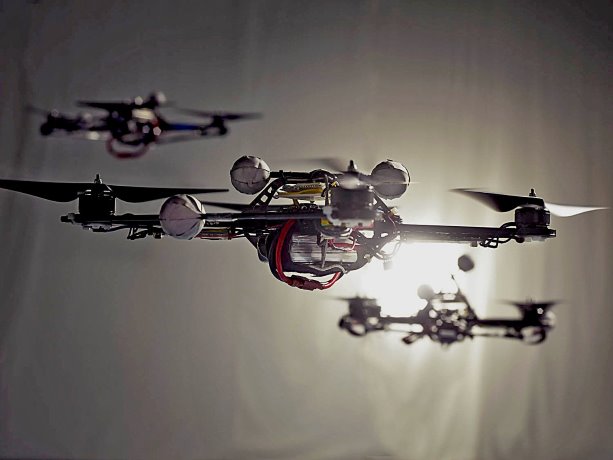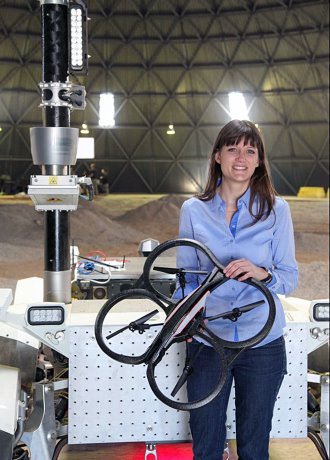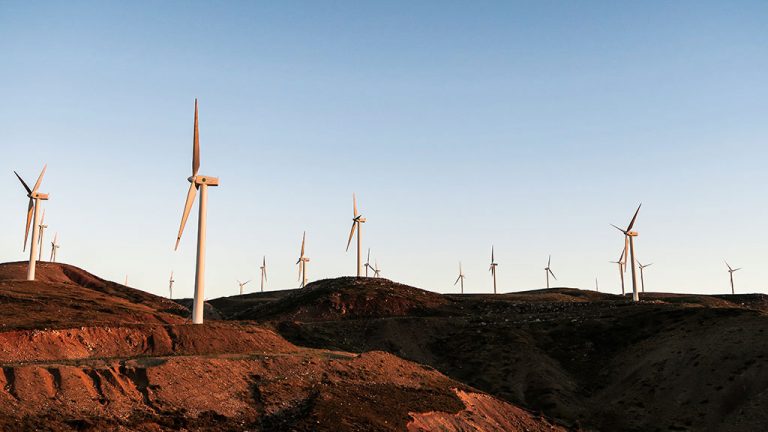Unmanned Aerial Vehicles (UAV), commonly known as drones, act as sensors in the sky and could change the way inspections are carried out, providing a whole new view on construction sites, states Professor Angela Schoellig of the Institute for Aerospace Studies at the University of Toronto.
"They give you pictures from above from a kind of bird’s eye view," she explains.
Schoellig recently provided a presentation during the 2014 Intelligent Transportation Systems Research Day, hosted by the University of Toronto Transportation Research Institute. She discussed the role of these vehicles in future environments. She states drones have a broad range of applications and when it comes to construction could be used for power line and pipeline inspection, 3D mapping, and infrastructure inspection.
"I think it can help you to manage construction sites better by giving you an image overview on a construction site and monitoring the progress," she explains. "They can also carry not only a camera, but other sensors. You can do structural health monitoring."
Currently, Schoellig states, "pipelines and also power lines, the energy companies, they have helicopter fleets and pilots to fly regularly along the pipelines to check and make sure everything is OK. That can be done with a UAV. The idea would be to have an aerial vehicle fly along the pipeline, equipped with sensors that are maybe even more advanced than what is used now, and check for any kinds of cracks in the pipes. It would be a significant cost savings. You can take measurements that are much more precise and do that in regular intervals."
Previous columns featured in the Daily Commercial News by Korky Koroluk show the use of drones has gained momentum. For example, a firm in Waterloo, Ont. sells small quadcopters (helicopters with four rotors), and a variety of sensors as a way to inspect smokestacks, power lines and wind turbines.
He also stated drones did have some limitations when operating in Canada.
"To operate a UAV commercially in Canada you must have a Special Flight Operation Certificate (SFOC), issued by Transport Canada," he writes. "It specifies that UAVs can’t be flown higher than 120 metres, for example, and must be operated within the line of sight of the pilot, or someone who is in contact with a pilot."
Schoellig points out that Canada recently unveiled new rules for the commercial use of drones, which has made them easier to operate.
According to Transport Canada, there are now two exemptions that simplify small UAV operations and "safely integrate UAVs into Canadian airspace."
The exemptions, which were launched in November, state a SFOC will not be required for UAVs under two kilograms and certain operations involving UAVs under 25 kilograms.
Operators are still required to check on Transport Canada’s website to see if the exemptions apply to them. Transport Canada also simplified the application process for the certificate for large UAV operators. There are penalties for not following the rules, with fines ranging anywhere from $3,000 to $25,000.
Schoellig does state when it comes to flying UAVs there may be some challenges, along pipelines for example.
"They have limited flight time," she says. "They would need to kind of recharge somewhere along the way. To set up the infrastructure wouldn’t be that difficult. It’s possible to build, it’s just nobody has done it yet."
However, she says solutions won’t be difficult to find, and when it comes to operating UAVs, they are fairly straightforward.
"Right now all the vehicles that I use, usually, still have a human pilot even if the human just tells the vehicle which GPS location it should fly to," Schoellig explains. "You don’t have to be a drone or robotics expert. They can be made that autonomous that you don’t need an expert to fly it."
Overall, Schoellig says in order for the idea of using drones at construction sites to really get off the ground more discussion needs to be had.
"I think there needs to be a dialogue between the construction experts and the drone experts so that it’s clear what would really help them, and on the other hand tell the construction experts what these vehicles are capable of doing and what they are not capable of doing and then kind of find the business case," she says. "Overall you can outperform what a human can do in some of the tasks."












Recent Comments
comments for this post are closed